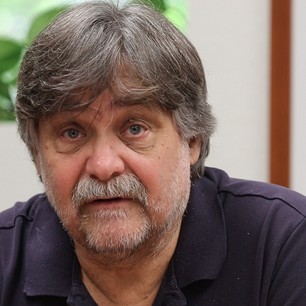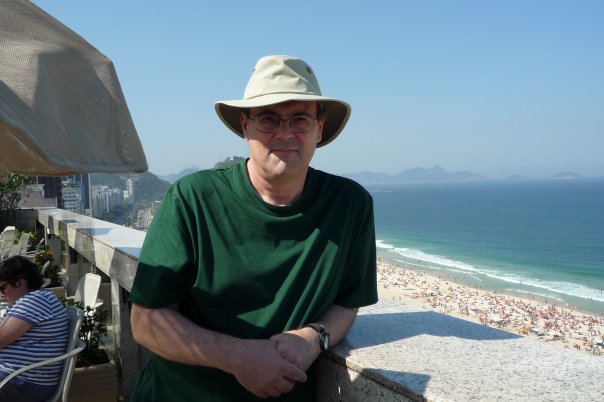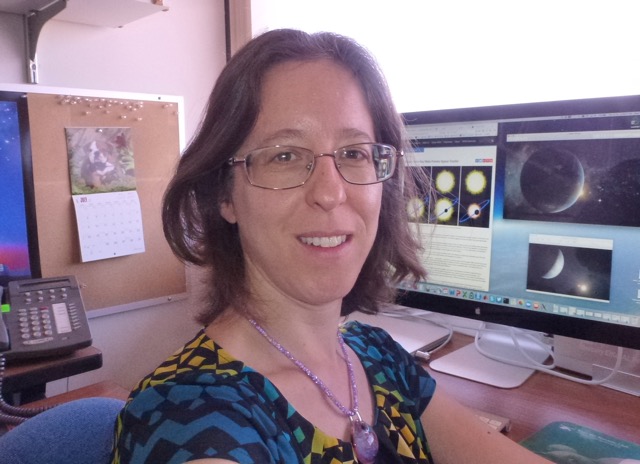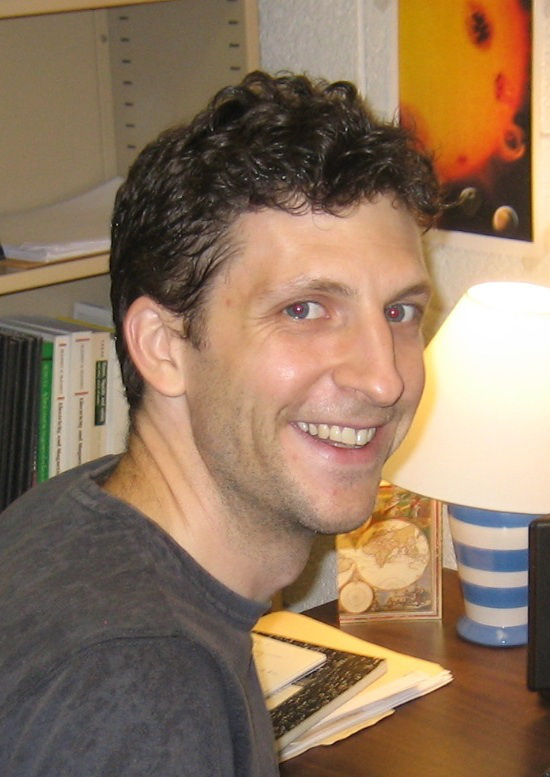
Chas' research goals include searching for planets and evidence for planets such as debris disks around nearby young stars. Additionally, he is interested in understanding the formation and evolution of distant infrared-bright galaxies and their relationship to the Cosmic Infrared Background.
Click here to see a list of Chas's publications.
Bruce works on two types of science projects: (1) investigation of the application of information technology to astronomical data processing; and (2) discovery of brown dwarfs through archival research, especially through cross-matching large catalogs.
Click here to see a list of Bruce's publications.
Jessie is primarily involved in the detection and characterisation of transiting exoplanets. She has worked on the Vulcan South, UNSW, NASA EPOXI and most recently NASA Kepler projects, and will begin working on the NASA JWST mission, modelling observations of transiting exoplanets with NIRCam.
Click here to see a list of Jessie's publications.
David has a long standing interest in study of exoplanets, young stellar objects and star formation. He is a member of the CoRoT and Kepler Follow-up observing teams. Working with his collaborators, he is working to understand the evolution and formation of exoplanets around young stars.
Click here to see a list of David's publications.
Elise's research focuses on young stars, how they and their protoplanetary disks form and evolve in young star-forming regions, and more recently on the host stars of exoplanets, in particular their multiplicity and how it changes the derived planet properties. She is using mainly infrared data from a variety of ground- and space-based observatories.
Click here to see a list of Elise's publications.
Aurora studies exoplanet atmospheres primarily using transmission and emission spectroscopy, specializing in observations performed at high-spectral resolution. She aims to use the resulting observations to study the diversity of planetary systems and learn how they form and evolve over time.
Click here to see a list of Aurora's publications.
Julian's research is primarily in exoplanet detection and characterization, currently with a particular focus on young planets and what they can tell us about how planets form and evolve. He has a background in instrumentation development and data characterization, and is closely involved with the ARCONS (Array Camera for Optical to Near-IR Spectrophotometry) team at UCSB, who are working on super-conducting MKID detector array technology for time- and energy-resolved photon imaging. He worked extensively on high-resolution spectrograph development with the NRES team at LCOGT, and previously worked on development the novel Dispersed Fixed-Delay Interferometry technique for radial velocity detection.
Click here to see a list of Julian's publications.(last updated December 11th, 2025 13:40:58)